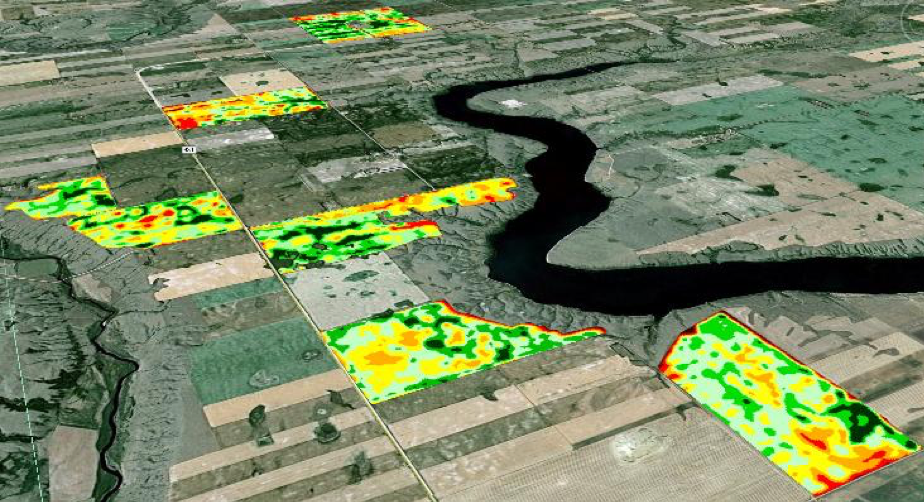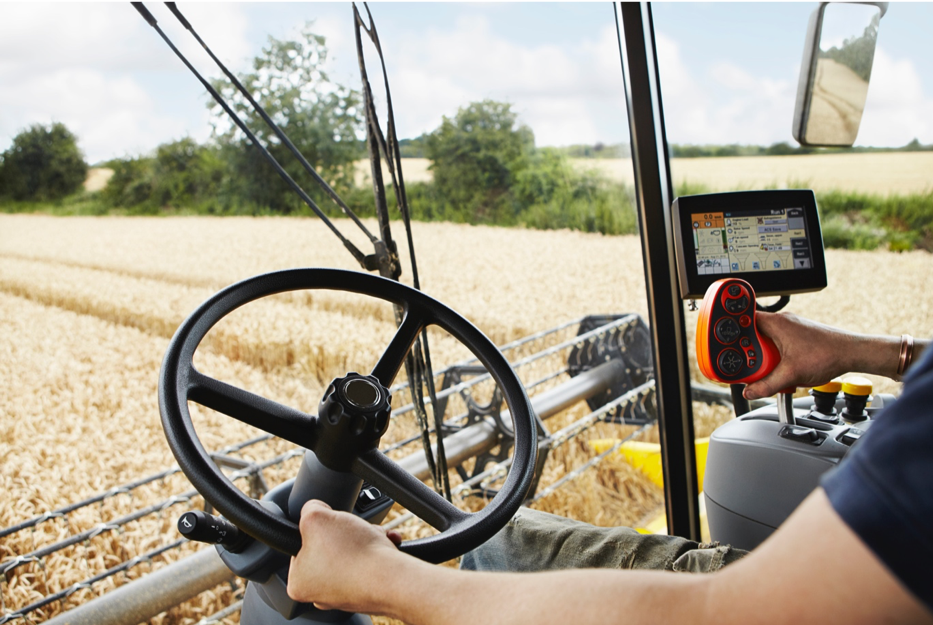In the past few years, advanced communication technologies have made personalized data part of our daily lives. That’s as true on a farm as it is in any other part of our lives.

Weather monitoring map for crop scouting
Just a generation ago, many growers were content with a rain gauge in the yard and the weather report from the closest official weather station. Today, modern Internet of Things (IoT) technology means you can install multiple weather stations across your fields delivering real-time weather data to help you make more informed decisions.
Tip: The larger or more spread out your fields, the more you can benefit from multiple weather stations; conditions may vary significantly even in the same region.

Using weather stations on your farm
Before you make the investment in weather stations, consider the different ways you might be able to use them. Which of these could impact your bottom line?
- Crop scouting: Use local weather stations to track heat units and estimate crop growth stages. This can save you time—more accurately predicting which crops need your personal attention, and ensuring you apply crop protection products at the right time.
- Nutrient management: With the hyper-local weather data you gather, you can better model plant and soil conditions to better estimate when crops will need nutrient supplementation.
- Pest and disease monitoring: Weather conditions impact both pest activity and disease susceptibility. Target high-risk areas with better data on wetness and temperature ranges.
- Operational efficiency: How many times have you prepared equipment, traveled to a far-off field, only to discover conditions were not right for harvest or other work? Field-level weather monitoring can save you time and help you target the right work when you’re in your fields.
- Crop insurance: Newer insurance models take advantage of weather monitoring to protect against abnormal temperatures or precipitation at nearby weather stations.
See other ways that networked farms take advantage of today’s latest technology.